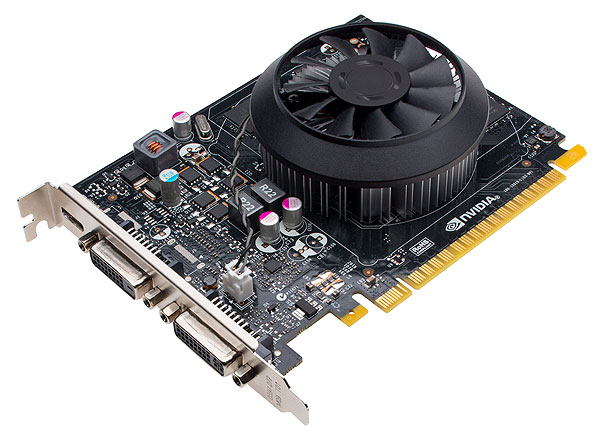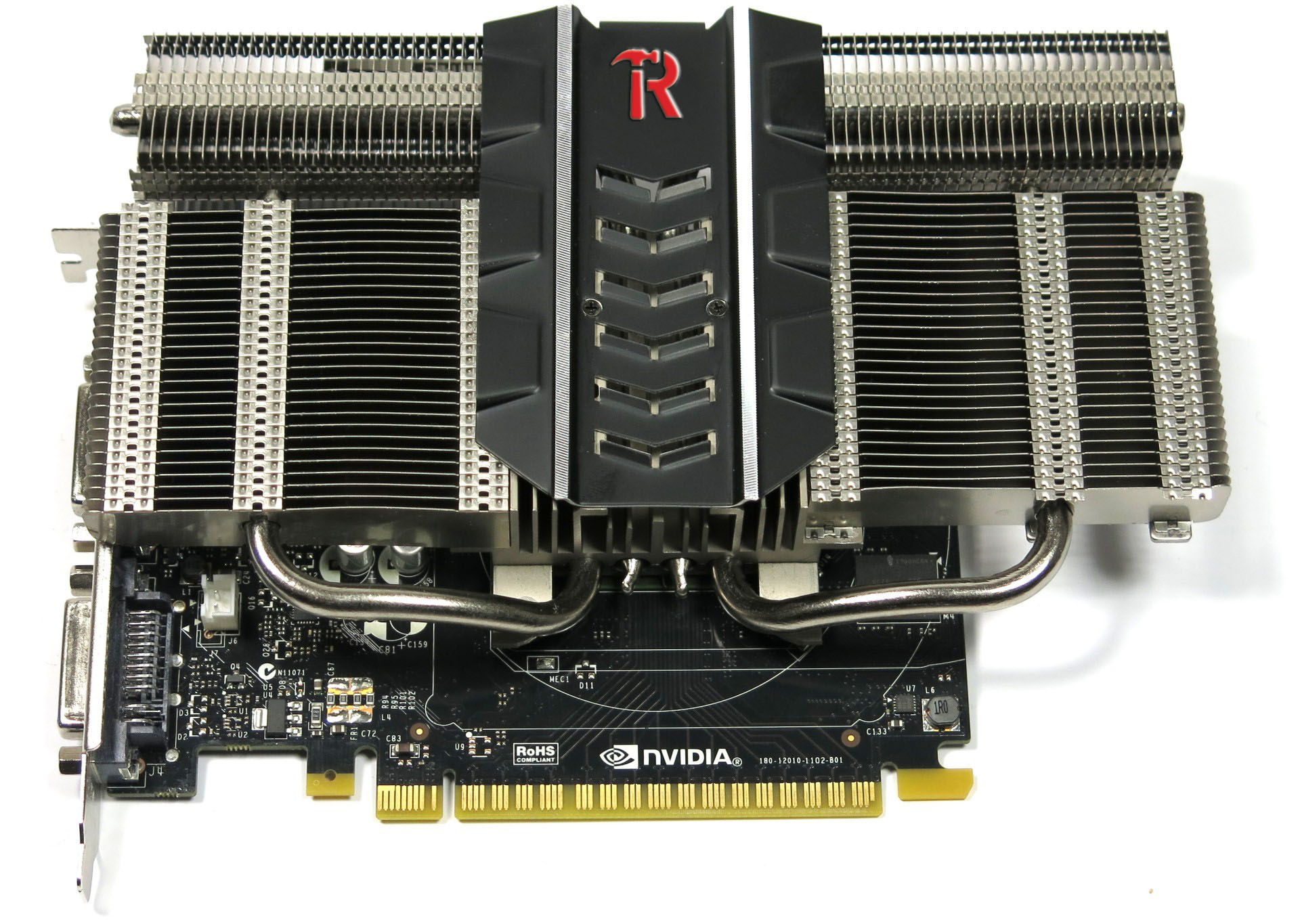Passively Cooling Nvidia's GeForce GTX 750 Ti...With An AMD Sink
We couldn't resist going where no man had before (or where no board partner could in time for Nvidia's launch): building a passively-cooled GeForce GTX 750 Ti. In the end, it took a bit of customization, since there aren't any compatible coolers yet.
Unexpected Support From The Red Team
First, I have to apologize to both Nvidia and Sapphire. On one hand, I'm about to build something from Nvidia that doesn't exist yet (and might not any time soon, according to the board partners). On the other, I'm going to sacrifice one of Sapphire's cards to get the spare parts I need for the project. But resistance is futile. I have a 60 W GPU in-hand. I have to see if it'll operate stably without active cooling.
The foundation I'm starting with is Nvidia's reference GeForce GTX 750 Ti. In the event you missed our launch coverage, check out GeForce GTX 750 Ti Review: Maxwell Adds Performance Using Less Power.
In the end, we're going to be talking about the reference board with a passive heat sink, the kind you typically see on Radeon HD 7750 and R7 250s.
On paper, the match-up should be pretty close; those cards are fairly similar in their power consumption. But will our contraption work? There are more variables than just power to consider. For example, the Maxwell GPU has a smaller surface area than AMD's Cape Verde. Furthermore, Nvidia ensured that none of the current thermal solutions fit by changing the distance between the screw holes. Mainstream GeForce PCBs typically measure 53.2 x 53.2 mm or 58.4 x 58.4 mm, while Radeon cards are either 53.2 x 53.2 mm or 43 x 43 mm. It only follows, then, that the 44 x 44 mm GeForce GTX 750 Ti would be incompatible with today's most common cooling solutions
As a result, none of the board partners were able to launch using existing heat sinks. Instead, there will need to be new designs specific to GeForce GTX 750 Ti.
We figured out how to make this work though, and we're going to show you how on the next few pages. Just be forewarned: we're really tinkering here. Be careful with your own card so as not to render it worthless.
Get Tom's Hardware's best news and in-depth reviews, straight to your inbox.
Current page: Unexpected Support From The Red Team
Next Page Organ Donor: Assembling The Passive Cooler
Igor Wallossek wrote a wide variety of hardware articles for Tom's Hardware, with a strong focus on technical analysis and in-depth reviews. His contributions have spanned a broad spectrum of PC components, including GPUs, CPUs, workstations, and PC builds. His insightful articles provide readers with detailed knowledge to make informed decisions in the ever-evolving tech landscape

